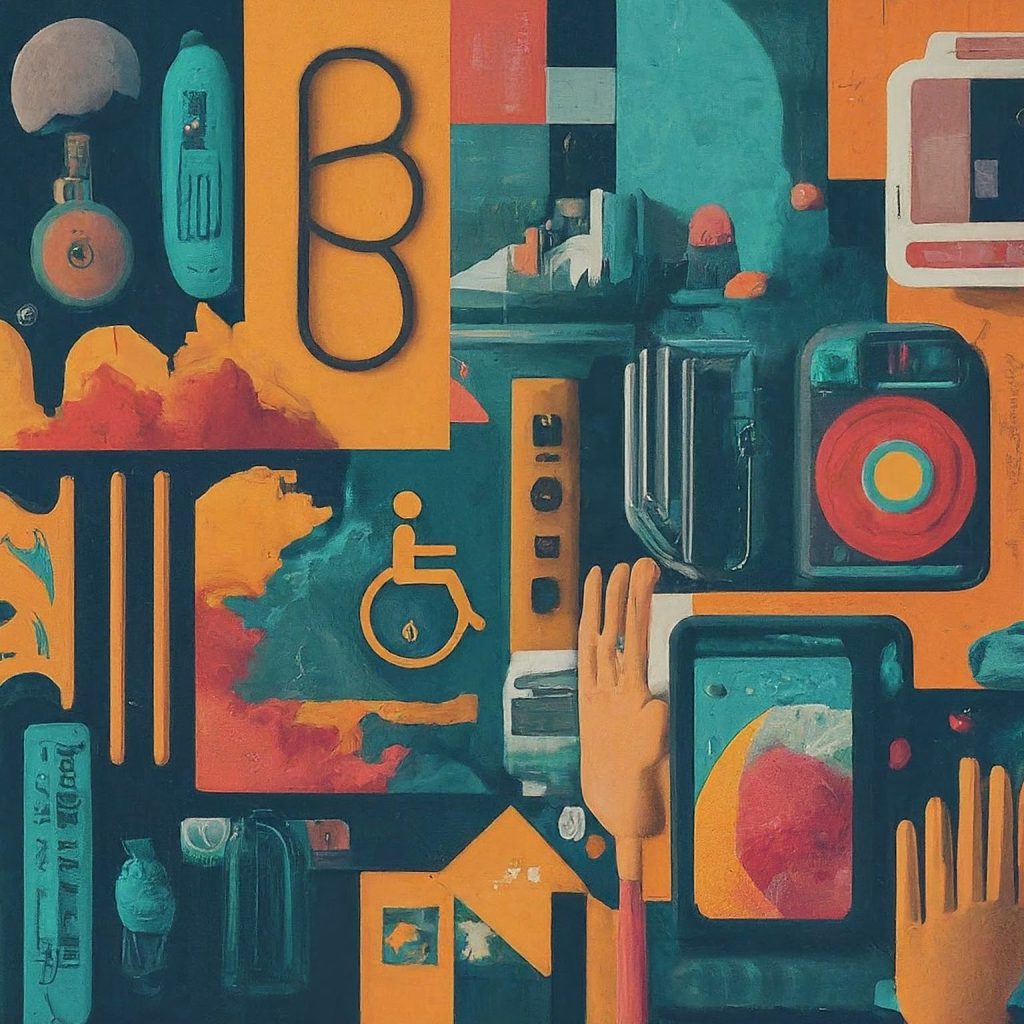“Caste System”
The Origin Of Caste System
The caste system is believed to have originated in India more than 3,000 years ago. The Rig Veda, the oldest of the four Vedas, a collection of religious hymns, contains a reference to the four varnas, or social classes. The four varnas were the brahmanas (priests), the kshatriyas (warriors), the vaishyas (merchants), and the shudras (servants). These four varnas were later expanded to include the untouchables, who were considered outside the caste system.

The Development Of Caste System
The caste system gradually evolved over the centuries. The brahmanas, who were at the top of the caste system, became increasingly powerful and wealthy. The kshatriyas, who were second in rank, became the ruling class. The vaishyas, who were third in rank, became the business class. The shudras, who were fourth in rank, became the working class. The untouchables, who were at the bottom of the caste system, became the lowest class.

The Contemporary Caste System
The caste system is still in existence in India today. It is estimated that there are more than 3,000 castes and subcastes in India. Each caste has its own traditional occupation and social hierarchy. The caste system is very rigid and it is very difficult to change one’s caste. Intercaste marriages are not allowed and people who violate the caste rules can be punished by social ostracism or even violence.




